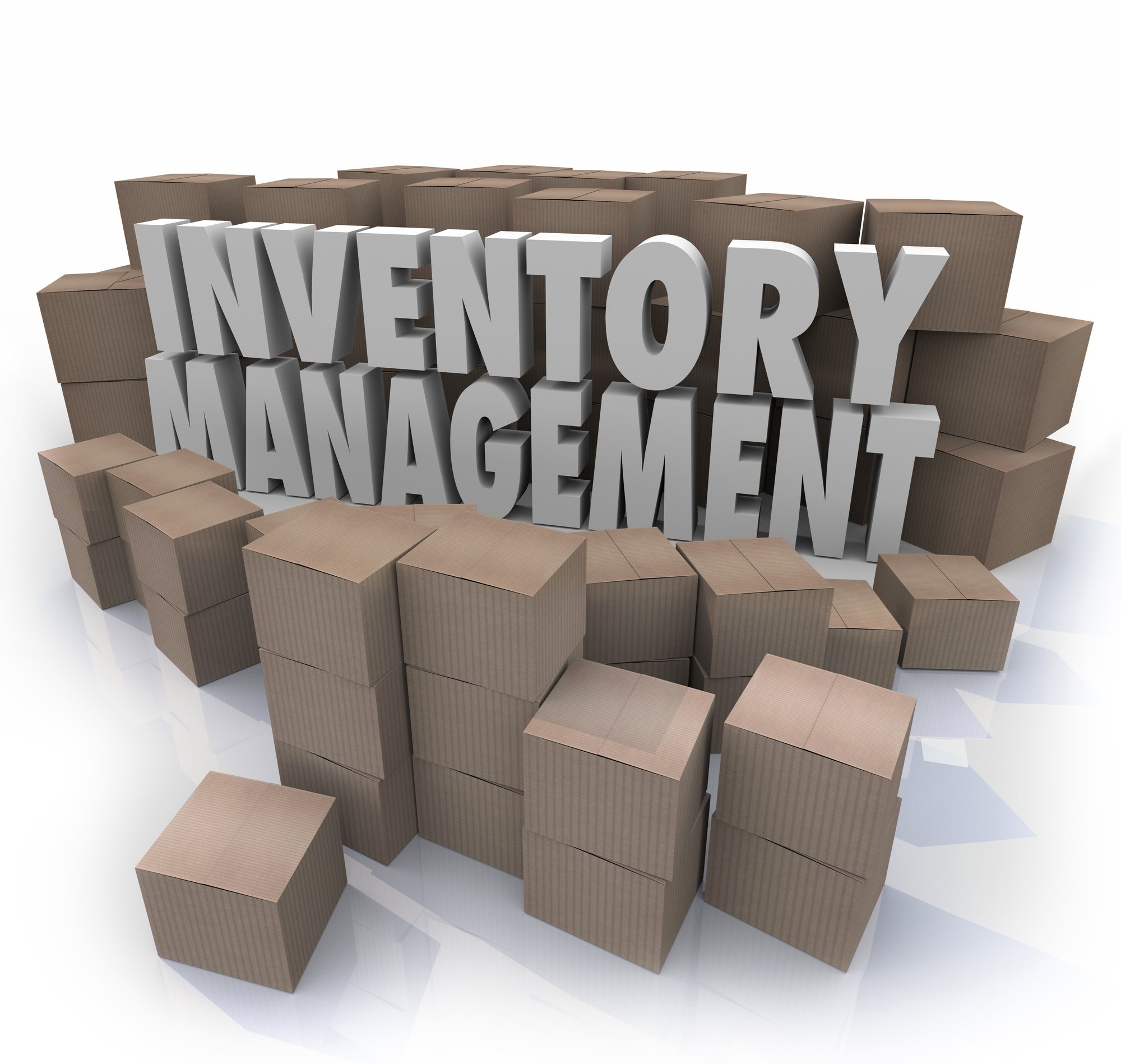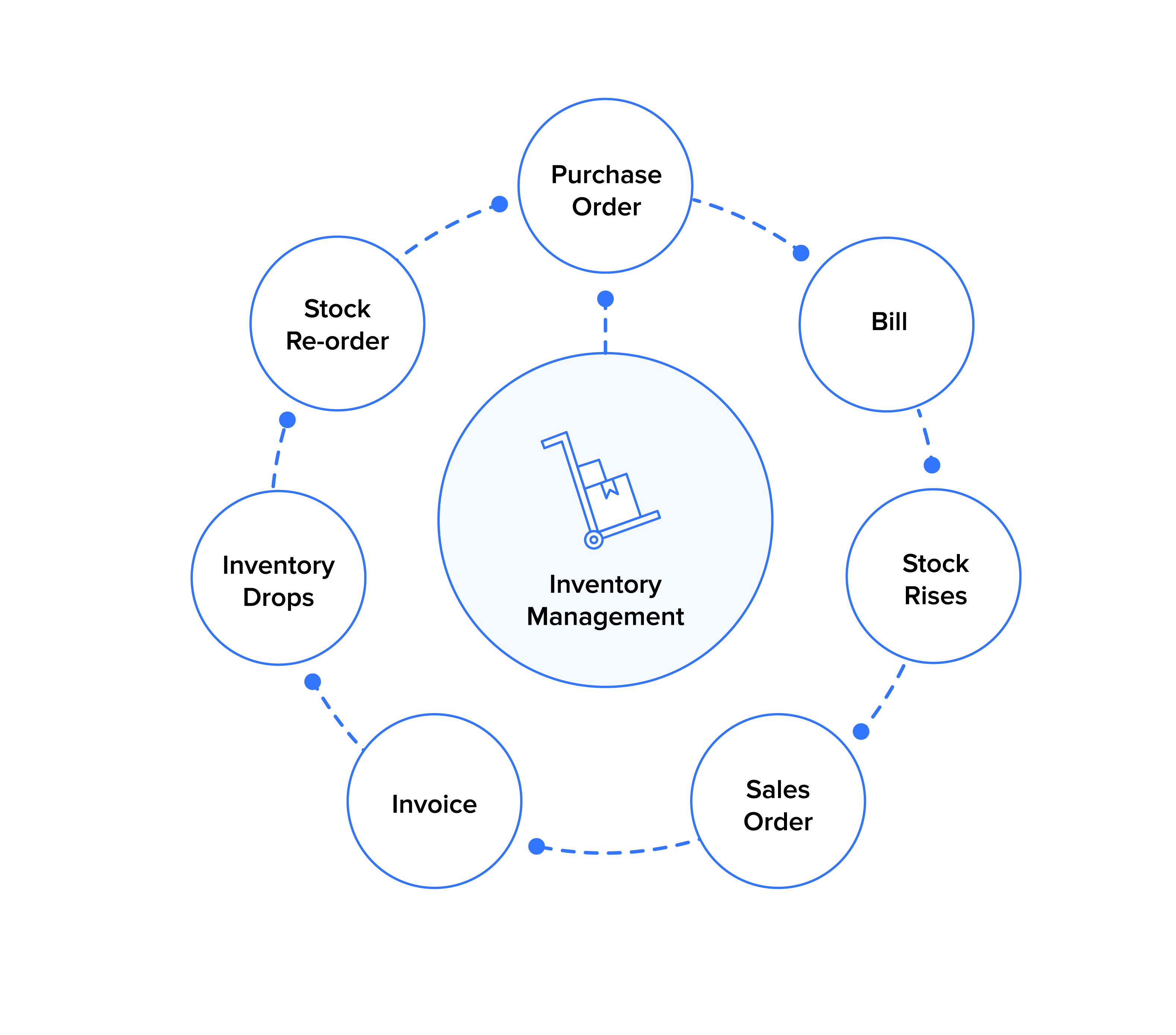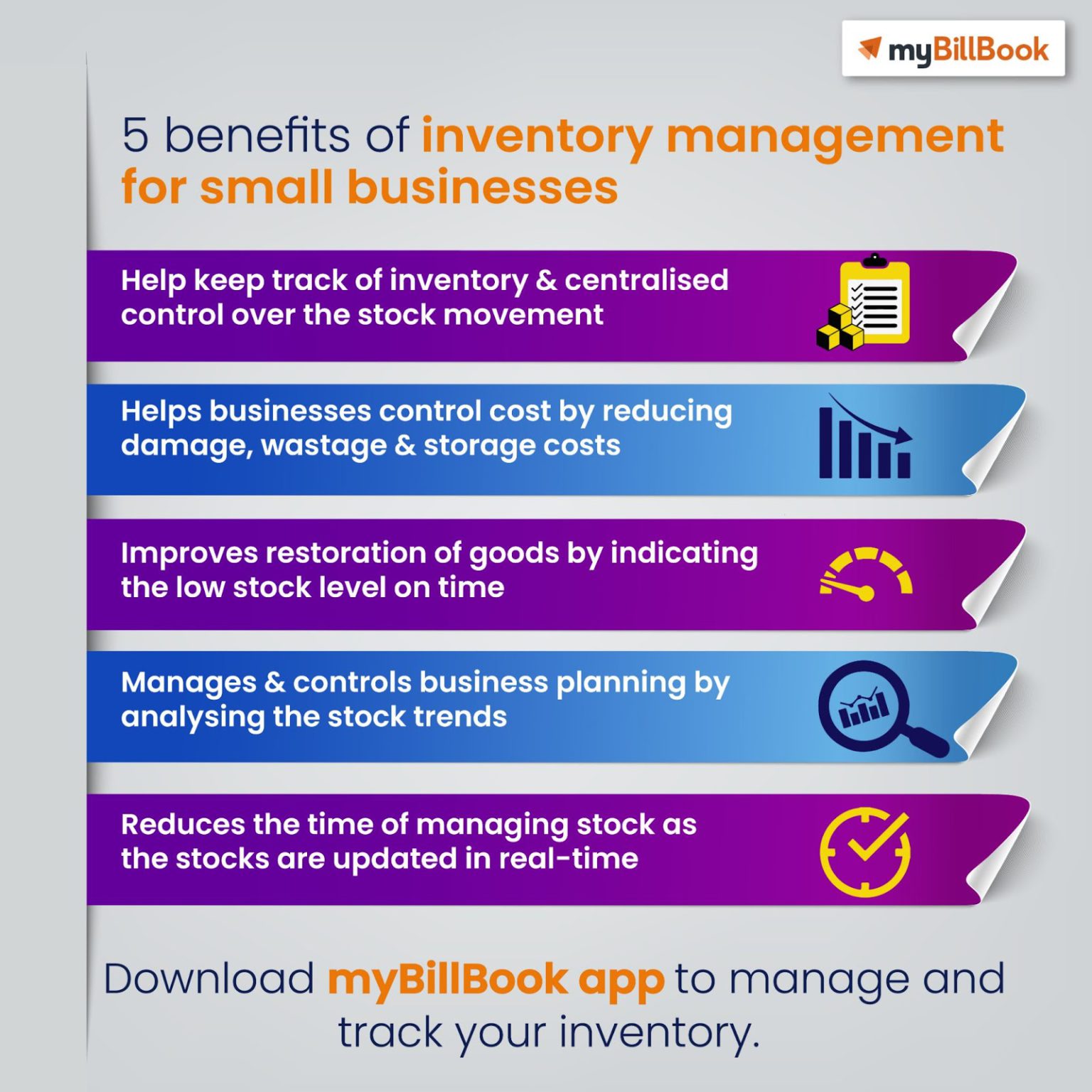Business inventory management plays a pivotal role in the success of any enterprise. It involves the intricate planning, control, and optimization of inventory levels to ensure the right products are available at the right time, while minimizing costs and maximizing efficiency.
Effective inventory management empowers businesses to streamline operations, reduce waste, and enhance customer satisfaction.
This comprehensive guide will delve into the fundamentals of business inventory management, exploring various techniques, strategies, and challenges associated with this critical aspect of business operations.
Inventory Management Overview
Inventory management is a critical aspect of business operations, involving the planning, tracking, and controlling of inventory levels to meet customer demand while minimizing costs. It ensures that businesses have the right amount of inventory on hand to fulfill orders efficiently, without overstocking or understocking.
Effective inventory management can lead to significant benefits for businesses, including reduced storage costs, improved customer satisfaction, increased profitability, and enhanced operational efficiency.
Real-Life Examples
- Amazon:Known for its extensive inventory management system that leverages advanced technology, data analytics, and efficient logistics to provide fast and reliable delivery to customers.
- Toyota:Implements the “just-in-time” inventory management approach, which minimizes inventory levels by closely aligning production with customer demand, reducing waste and improving efficiency.
- Walmart:Utilizes a sophisticated inventory management system that tracks inventory levels across its vast network of stores and distribution centers, ensuring product availability and minimizing stockouts.
Inventory Types and Classification
Understanding the various inventory types and classification methods is crucial for effective inventory management. This knowledge enables businesses to categorize and manage their inventory efficiently, optimizing stock levels, reducing waste, and improving overall operational efficiency.
Inventory Types
- Raw Materials:These are the basic components or ingredients used in the production of finished goods. They are typically sourced from suppliers and stored until needed for production.
- Work-in-Progress (WIP):This refers to partially completed goods that are still undergoing production. WIP inventory represents the value of materials, labor, and overhead costs incurred in the production process.
- Finished Goods:These are completed products ready for sale to customers. Finished goods inventory represents the value of products awaiting shipment or sale.
Inventory Classification Methods
Inventory classification methods help businesses prioritize and manage their inventory based on specific criteria. Common methods include:
- ABC Analysis:This method categorizes inventory items based on their annual usage value. Items with the highest usage value are classified as A-items, followed by B-items and C-items.
- VED Analysis:This method classifies inventory items based on their criticality to the business. Vital (V) items are essential for production or operations, Essential (E) items are important but not critical, and Desirable (D) items are non-essential.
- FSN Analysis:This method classifies inventory items based on their frequency of demand and stability of supply. Fast-moving (F) items are in high demand and have a stable supply, Slow-moving (S) items have low demand and a stable supply, and Non-moving (N) items have low demand and an unstable supply.
Inventory Management Techniques
Inventory management techniques are strategies and methods used to optimize inventory levels, reduce costs, and improve overall inventory management efficiency. These techniques help businesses maintain optimal inventory levels, minimize waste, and enhance customer satisfaction.
FIFO (First-In, First-Out)
FIFO assumes that the first items purchased are the first items sold. This method is commonly used for perishable goods, such as food and beverages, where older items should be sold before newer ones. By using FIFO, businesses can ensure that their inventory is fresh and avoid spoilage or obsolescence.
- Advantages:FIFO provides accurate cost of goods sold (COGS) calculations, minimizes spoilage and obsolescence, and complies with generally accepted accounting principles (GAAP).
- Disadvantages:FIFO can result in higher COGS during periods of rising prices and lower COGS during periods of falling prices.
LIFO (Last-In, First-Out), Business inventory management
LIFO assumes that the last items purchased are the first items sold. This method is often used for non-perishable goods, such as raw materials and components. By using LIFO, businesses can defer taxes by reducing COGS during periods of rising prices and increasing COGS during periods of falling prices.
- Advantages:LIFO can reduce taxes during periods of rising prices and minimize inventory carrying costs.
- Disadvantages:LIFO can result in inaccurate COGS calculations and may not comply with GAAP in some jurisdictions.
JIT (Just-In-Time)
JIT is an inventory management technique that aims to minimize inventory levels by receiving and using materials only when they are needed for production. This method reduces storage costs, frees up cash flow, and improves production efficiency.
- Advantages:JIT reduces inventory carrying costs, improves cash flow, and minimizes waste.
- Disadvantages:JIT requires close coordination with suppliers and can lead to production delays if suppliers fail to deliver on time.
ABC Analysis
ABC analysis is a technique used to classify inventory items based on their value and importance. Items are typically classified into three categories:
- A-items:High-value, low-volume items that require close monitoring and control.
- B-items:Medium-value, medium-volume items that require moderate monitoring and control.
- C-items:Low-value, high-volume items that require minimal monitoring and control.
By using ABC analysis, businesses can prioritize their inventory management efforts and focus on the most critical items.
Inventory Control Systems

Inventory control systems are essential for managing inventory efficiently. They provide real-time visibility into inventory levels, helping businesses to avoid stockouts, overstocking, and other costly errors.
There are three main types of inventory control systems: periodic, perpetual, and automated.
Periodic Inventory Control Systems
Periodic inventory control systems are the simplest and least expensive type of inventory control system. They involve taking a physical inventory of all items on hand at regular intervals, such as once a month or once a quarter.
The main advantage of periodic inventory control systems is that they are simple to implement and require minimal training. However, they can be inaccurate and time-consuming, and they do not provide real-time visibility into inventory levels.
Perpetual Inventory Control Systems
Perpetual inventory control systems track inventory levels in real time. They are more accurate and efficient than periodic inventory control systems, but they can also be more expensive to implement and maintain.
Perpetual inventory control systems use a variety of methods to track inventory levels, such as barcodes, RFID tags, and sensors. They can also be integrated with other business systems, such as accounting and sales systems.
Automated Inventory Control Systems
Automated inventory control systems are the most advanced type of inventory control system. They use a variety of technologies, such as robotics, machine learning, and artificial intelligence, to automate the process of inventory management.
Automated inventory control systems can help businesses to improve efficiency, accuracy, and productivity. However, they can also be expensive to implement and maintain.
Inventory Optimization Strategies
Optimizing inventory levels is crucial for businesses to minimize waste and maximize efficiency. This involves striking a balance between holding sufficient stock to meet customer demand while avoiding overstocking and associated costs.
Inventory optimization strategies leverage technology and data analytics to enhance decision-making. Advanced inventory management systems provide real-time data on stock levels, demand patterns, and lead times, enabling businesses to make informed decisions about inventory replenishment.
Key Optimization Strategies
- Just-in-Time (JIT) Inventory:JIT aims to minimize inventory levels by receiving goods only when needed for production or sale. This reduces holding costs and improves cash flow.
- Safety Stock Management:Safety stock is held to buffer against unexpected fluctuations in demand or supply. Optimization involves determining the optimal safety stock level to minimize the risk of stockouts without tying up excessive capital.
- ABC Analysis:This technique classifies inventory items based on their value and usage. High-value items (A-items) receive more attention and stricter controls, while low-value items (C-items) can be managed with less oversight.
- Economic Order Quantity (EOQ):EOQ determines the optimal quantity to order each time inventory is replenished. It considers factors such as demand, ordering costs, and holding costs.
Inventory Management Challenges

Inventory management presents several challenges that can impact a business’s efficiency, profitability, and customer satisfaction. Common challenges include stockouts, overstocking, and obsolescence.
Stockouts occur when a business runs out of a particular item, resulting in lost sales, customer dissatisfaction, and damage to reputation. Overstocking, on the other hand, involves holding excessive inventory, leading to increased storage costs, capital tied up in inventory, and potential obsolescence.
Obsolescence occurs when inventory becomes outdated or no longer meets market demand, resulting in losses due to unsold items.
Overcoming Inventory Management Challenges
To overcome these challenges, businesses can implement various solutions and best practices.
- Demand forecasting:Accurately predicting customer demand helps businesses determine optimal inventory levels and avoid stockouts.
- Inventory optimization:Techniques such as ABC analysis, safety stock management, and just-in-time (JIT) inventory help businesses maintain appropriate inventory levels while minimizing costs.
- Vendor management:Establishing strong relationships with suppliers and implementing vendor-managed inventory (VMI) programs can ensure timely inventory replenishment and reduce stockouts.
- Inventory tracking and monitoring:Real-time inventory tracking systems provide businesses with accurate and up-to-date information on inventory levels, enabling them to make informed decisions.
- Obsolescence management:Businesses can implement strategies such as product lifecycle management, clearance sales, and returns policies to minimize the risk of obsolescence.
By addressing these challenges effectively, businesses can improve their inventory management practices, reduce costs, enhance customer satisfaction, and gain a competitive advantage.
Inventory Performance Measurement: Business Inventory Management

Inventory performance measurement is crucial for businesses to assess the effectiveness of their inventory management strategies. It involves tracking and analyzing key metrics to identify areas for improvement and ensure efficient inventory management.
Inventory Turnover
Inventory turnover measures how efficiently a business is managing its inventory. It is calculated by dividing the cost of goods sold (COGS) by the average inventory value over a specific period. A high inventory turnover indicates that the business is selling its inventory quickly and efficiently, while a low turnover suggests inefficiencies or excess inventory.
Inventory Accuracy
Inventory accuracy refers to the degree to which the physical inventory matches the records maintained by the business. It is essential for accurate financial reporting and efficient inventory management. Inaccurate inventory can lead to incorrect valuations, stockouts, and poor customer service.
Importance of Inventory Performance Monitoring
Monitoring inventory performance is critical for several reasons:
Identify Inefficiencies
Performance metrics can help identify areas where inventory management can be improved, such as excessive inventory levels, slow-moving items, or inefficient storage practices.
Optimize Inventory Levels
Accurate inventory data allows businesses to optimize inventory levels, reducing the risk of stockouts or excess inventory.
Improve Customer Service
Efficient inventory management ensures that customers receive the products they need when they need them, enhancing customer satisfaction.
Reduce Costs
Effective inventory management can reduce inventory carrying costs, such as storage, insurance, and obsolescence.
Inventory Management in Different Industries

Inventory management practices vary significantly across different industries due to unique product characteristics, supply chain complexities, and customer demand patterns. Understanding these variations is crucial for businesses to optimize their inventory strategies and gain a competitive edge.
In this section, we will explore how inventory management practices differ in three major industries: retail, manufacturing, and healthcare. We will also provide case studies of successful inventory management in each industry.
Retail
Retailers face the challenge of managing a wide variety of products with varying demand patterns. They must ensure that they have enough stock to meet customer demand without overstocking and incurring unnecessary costs. Just-in-time (JIT) inventory management is a common strategy in retail, where inventory is received and shipped out as quickly as possible to minimize storage costs and reduce the risk of obsolescence.
Case Study: Amazon
Amazon is a leading example of successful inventory management in retail. The company uses a sophisticated inventory management system that leverages data analytics and artificial intelligence to predict demand, optimize inventory levels, and minimize waste. Amazon’s extensive distribution network and fulfillment centers allow for efficient and timely delivery of products to customers.
Summary
In conclusion, business inventory management is a multifaceted discipline that requires careful planning, execution, and continuous improvement. By leveraging the insights and strategies Artikeld in this guide, businesses can optimize their inventory levels, minimize waste, and maximize profitability. Embracing emerging technologies and staying abreast of industry best practices will further empower businesses to navigate the ever-evolving landscape of inventory management.
Answers to Common Questions
What is the primary objective of inventory management?
The primary objective of inventory management is to maintain optimal inventory levels to meet customer demand while minimizing costs associated with holding and managing inventory.
What are the different types of inventory management techniques?
Common inventory management techniques include First-In-First-Out (FIFO), Last-In-First-Out (LIFO), Just-In-Time (JIT), and ABC analysis.
What are the key challenges in inventory management?
Common challenges in inventory management include stockouts, overstocking, obsolescence, and managing seasonal demand fluctuations.
 wohnroom.biz.id BUSINESS INVENTORY
wohnroom.biz.id BUSINESS INVENTORY